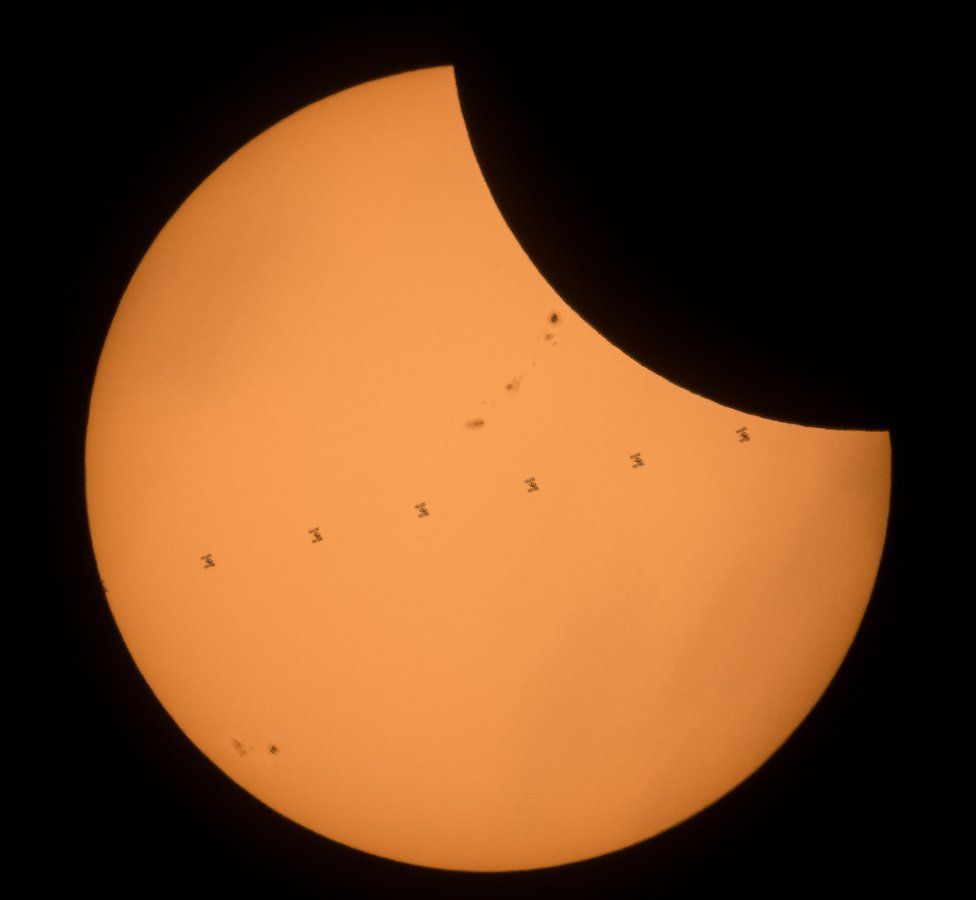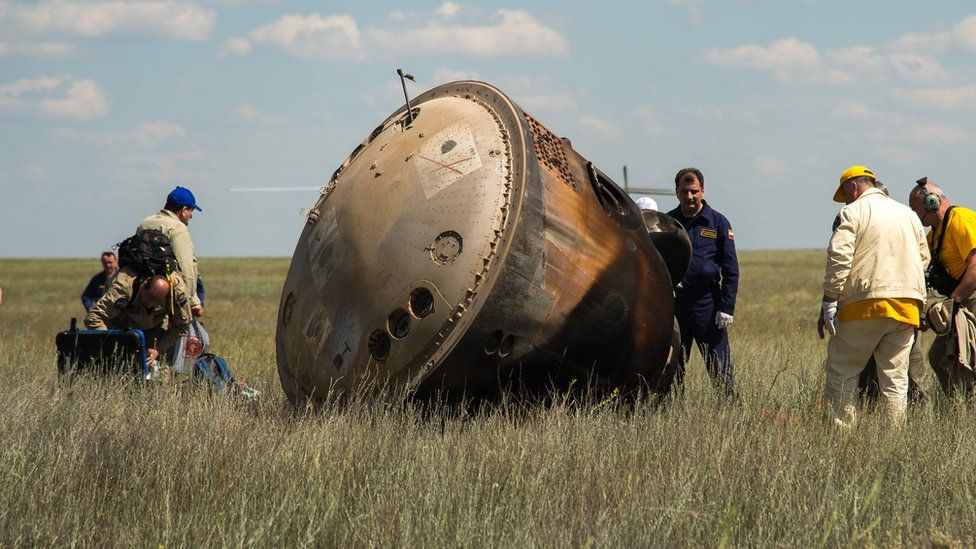

The Delta IV Heavy has also been involved in the development of the Orion spacecraft, launching its first test flight in 2014. Among other payloads, the Delta IV Heavy has carried classified satellites for the National Reconnaissance Office as well as the Parker Solar Probe for NASA. Questions like these tie cosmic-ray astrophysics to basic particle physics and the fundamental nature of the universe.USAF via Wikimedia Delva IV Heavy: The Delta IV Heavy uses three common booster cores, providing heavy lift capabilities. Or perhaps they're the signature of some exotic new physics: superstrings, exotic dark matter, strongly-interacting neutrinos, or topological defects in the very structure of the universe. Perhaps they come from outside the galaxy, from active galactic nuclei, quasars or gamma ray bursts. However, cosmic rays have been observed at much higher energies than supernova remnants can generate, and where these ultra-high-energies come from is an open big question in astronomy. Eventually they build up enough speed that the remnant can no longer contain them, and they escape into the galaxy.Ĭosmic rays accelerated in supernova remnants can only reach a certain maximum energy, which depends on the size of the acceleration region and the magnetic field strength. Bouncing back and forth in the magnetic field of the remnant randomly lets some of the particles gain energy, and become cosmic rays. The remnants of the explosions expanding clouds of gas and magnetic field can last for thousands of years, and this is where cosmic rays are accelerated. Most galactic cosmic rays are probably accelerated in the blast waves of supernova remnants. (Credit: Ryan Murphy/Washington University)Įven if we can't trace cosmic rays directly to a source, they can still tell us about cosmic objects. SuperTIGER's first flight lasted for 55 days, a record in duration for an Antarctic long duration scientific balloon payload. SuperTIGER is a cosmic-ray balloon instrument measuring cosmic-rays heavier than iron to explore the source of cosmic rays and their acceleration sites.

SuperTIGER hanging from the launch vehicle just before its December 2012 launch with Mount Erebus in the background. This includes elements lighter than iron, which are produced in stars, and heavier elements that are produced in violent conditions, such as a supernova at the end of a massive star's life. To tell the isotopes apart involves, in effect, weighing each atomic nucleus that enters the cosmic ray detector.Īll of the natural elements in the periodic table are present in cosmic rays. Harder to measure, but a better fingerprint, is the isotopic composition (nuclei of the same element but with different numbers of neutrons). What are they made of? What fraction are electrons? protons (often referred to as hydrogen nuclei)? helium nuclei? other nuclei from elements on the periodic table? Measuring the quantity of each different element is relatively easy, since the different charges of each nucleus give very different signatures. One way we learn about cosmic rays is by studying their composition. (Credit: NASA's Goddard Space Flight Center) Light travels to us straight from their sources, as shown by the purple path.

We can't trace them back to their sources. By the time the particles reach us, their paths are completely scrambled, as shown by the blue path. Because cosmic rays carry electric charge, their direction changes as they travel through magnetic fields.


 0 kommentar(er)
0 kommentar(er)
